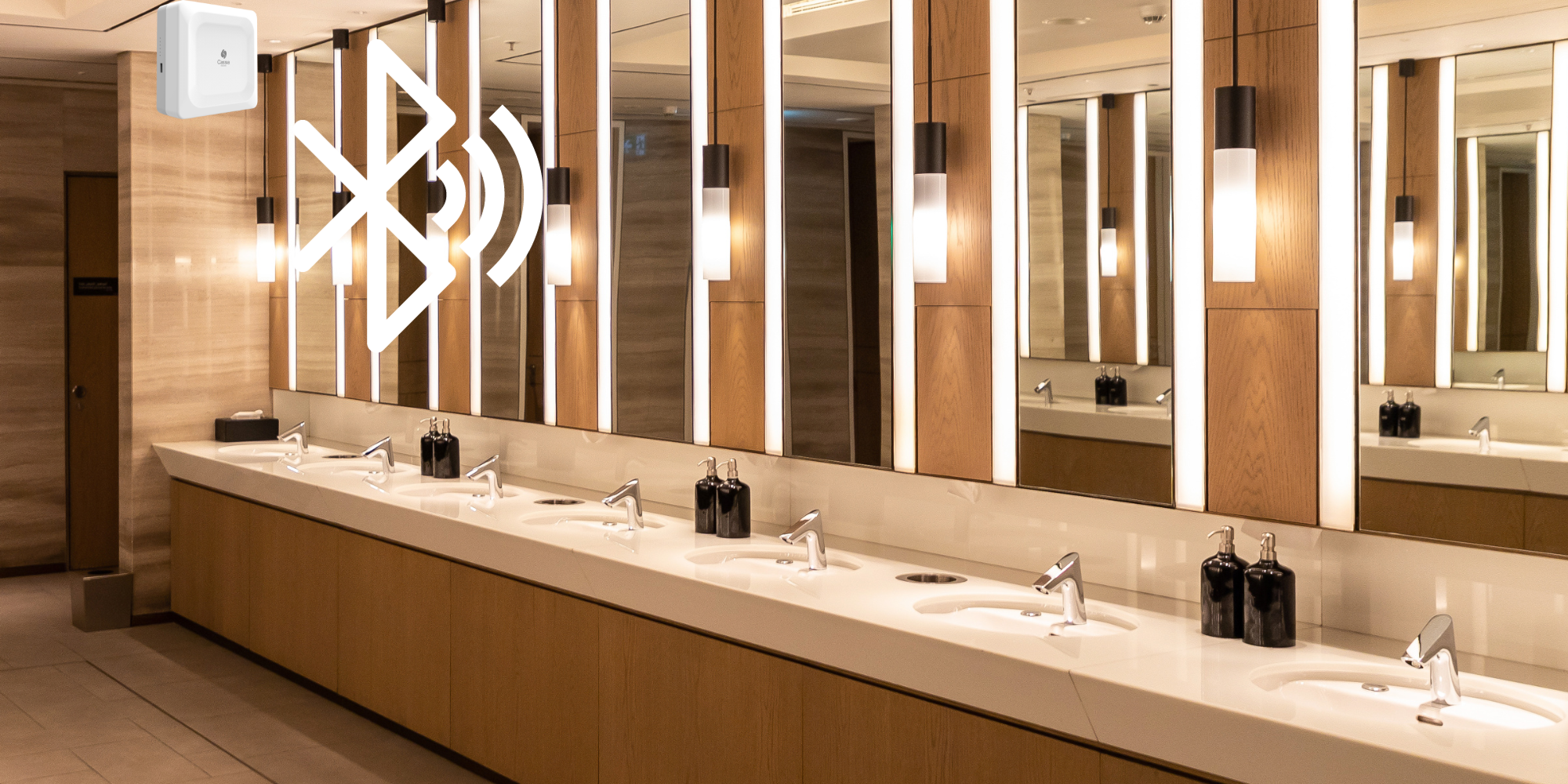There are things we typically take for granted like availability and functionality of communal bathrooms, whether those are situated in workplace, airplanes, dorms, or malls (Callahan 2022). However, this important task does not only include public health concerns, but also staff retention. According to Bowman (2015), turnover is a serious problem in custodial services “with rates cited anywhere between 50 and 400 percent by various building service contractors”. This means that facilities may be replacing their entire workforce between once every two years to four times per year.
With the spread of the SARS-CoV-2 virus, we have increased public awareness of the importance of good cleaning and disinfecting for the prevention of pathogen spreading (Abney 2022). According to a recent Journal of the Applied Microbiology study “quantitative microbial risk assessment has shown that significant risks exist from both aerosols and fomites in restrooms” (Abney 2022, 2705). It is worth noting that cleaning with soaps and detergents only, without the use of disinfectants, actually increases the risk of spreading bacteria and viruses throughout public bathrooms.
There is a way to get real-time insights into the building areas that are most difficult to manage, such as public bathrooms. They involve wireless plug-n-play IoT solutions that do not require high cost or intense manual management. In fact, those solutions are both low cost and more flexible than any retrofitting solutions. The result is the building that “talks to you” about problems, so that you can respond swiftly and efficiently.
Cassia Networks has been part of the smart building solution for an efficient public bathroom monitoring. Cassia Networks Bluetooth gateways work in tandem with wireless and smart sensors to keep track of various aspects of bathroom management: 1. Cleanliness levels based on the number of people frequenting facilities 2. Real-time use of consumables i.e., paper towels, soap levels and functionality of water faucets 3. Real-time alerts when human supervision is needed.
The benefits of this smart facility management system are multifold. Not only does this automated system increase the level of cleanliness and ensures better public health, but it also increases operational efficiency. This translates into reduced operating expenses and cost savings for facility managers.
To inquire about case studies and request a consultation, contact us at sales@cassianetworks.com
Referenced Articles
Abney, S.E., K.R. Bright, J. McKinney, M. Khalid Ijaz, C.P, Gerba. 2020. “Toilet Hygiene—Review and Research Needs.” Journal of the Applied Microbiology 131: 2705-2714.
Bowman, Nicole.2015.” Elevating the Vital Role of a Custodian.” Cleaning and Maintenance Management. Accessed https://cmmonline.com/articles/elevating-the-vital-role-of-the-custodian.
Callahan, Alice. 2022. “How Bad Are the Germs in Public Restrooms, Really?” New York Times. Accessed https://www.nytimes.com/2022/06/21/well/live/public-bathrooms-health-safety.html








